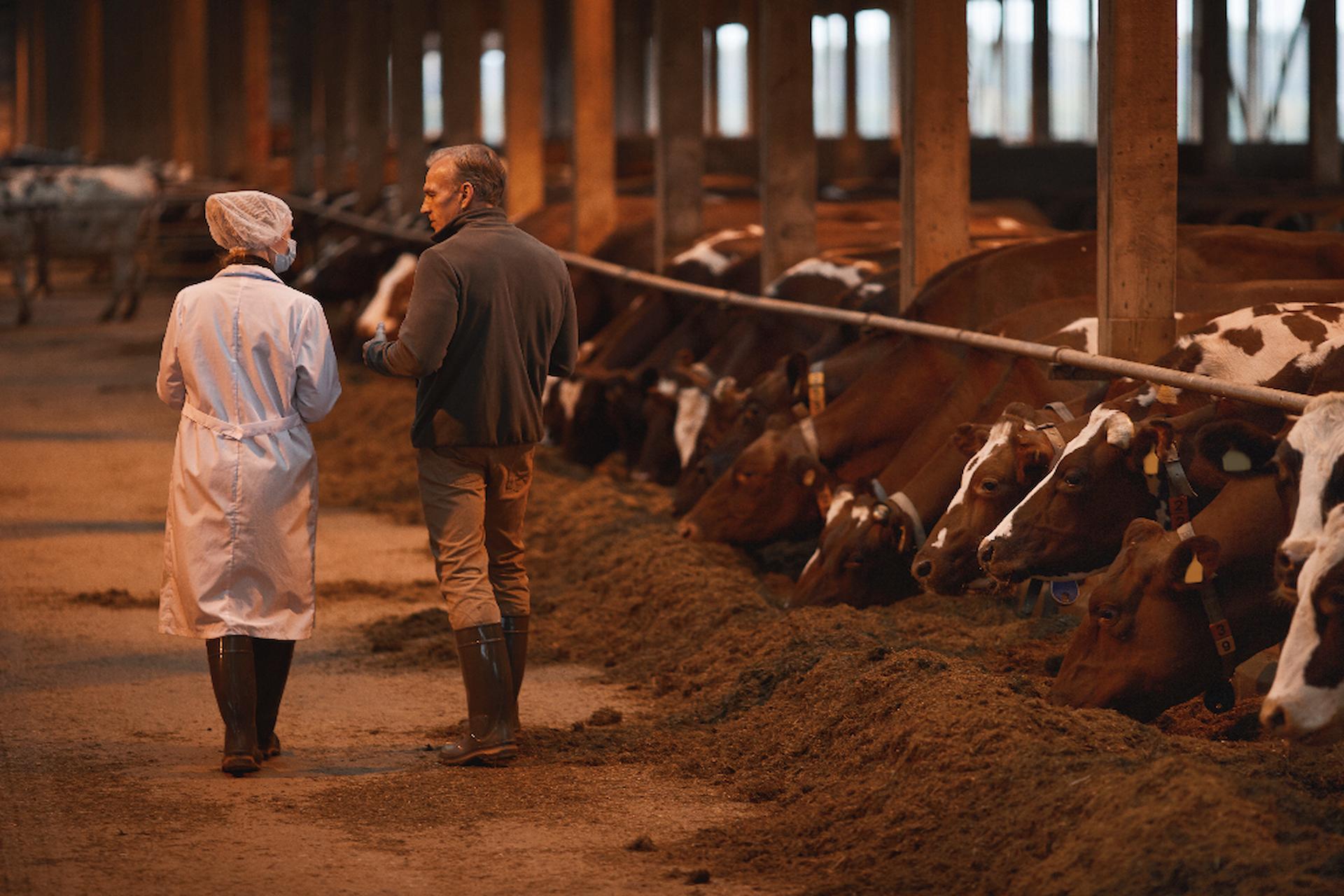
Farms today use innovative methods to grow more food on less land while being kinder to the environment. Advanced technologies allow very precise tracking of soil conditions, crop growth, and livestock needs. This data helps farmers make smart decisions about everything from planting schedules to fertilizer use.
For example, GPS-guided tractors can plant seeds in orderly rows with incredible accuracy. Drones scan fields to spot areas that need extra water or pest control. Software analyzes weather forecasts and soil tests to determine the perfect amount of fertilizer to use. Not too little and not too much.
All of this leads to higher yields from each acre planted. It’s calculated that precision agriculture can boost profits by 15-20% for crops like corn, soybeans, and wheat. Smarter farming feeds more people without expanding into wildlife habitats.
Water Conservation Pioneers
Another key innovation is efficient irrigation systems that minimize water waste. Many farms now use drip lines or sub-surface systems that deliver water directly to plant roots.
Some advanced operations recycle and treat wastewater from processing facilities. This recycled gray water can be safely used for irrigating fields when freshwater is scarce. Every drop of moisture gets used wisely.
Cutting back on irrigation is not only conserving water supplies, but also reducing the energy needed to pump and transport water long distances. Less water usage equals less expenditure on electricity or fossil fuels. Modern farms are doing their part to be eco-friendly.
Healthier, Happier Livestock
It’s not just crop fields where improvements are happening. Livestock operations are transforming too, with an emphasis on animal welfare, quality care, and sustainable feed sources.
Sensors embedded in barns closely monitor temperatures, ventilation, and animal movements. This ensures cows, pigs, and chickens stay comfortable while minimizing energy spent on heating and cooling. Farmers can even check on their herds remotely using mobile apps.
The experts at Energy Feeds Internationals say that feed is optimized with specialty feed ingredients like high-quality grains and vitamin supplements designed for each animal’s dietary needs at different life stages. Healthy, stress-free livestock simply produce better food products in the end.
More farms are shifting to local sources rather than trucking feed across long distances. This approach cuts transportation costs while supporting regional grain growers. It makes the entire system more sustainable.
Embracing Renewable Energy
Many modern farms are transitioning to renewable power sources like solar, wind, or biofuels made from plant/animal waste. This shrinks their carbon footprint while potentially generating extra revenue by selling surplus energy back to utilities.
Dairy operations are leading the way by capturing methane from manure pits and converting it into clean biogas. This renewable natural gas can power the farm’s heating systems, trucks, or tractors.
Ecological Stewardship
Looking ahead, there is still work to be done in building food systems that can feed a growing global population. However, today’s farmers keenly appreciate environmental protection. After all, their livelihoods depend on fertile soil, fresh water supplies, and stable climates.
Many operations restore wildlife habitats on unused land and promote biodiversity. Cover crops are planted to prevent soil erosion when fields are fallow. Natural barriers like trees or grass filter out agricultural runoff before it reaches waterways.
Conclusion
These responsible practices, combined with innovations in technology and renewable energy, place modern agriculture on the path toward a greener, more sustainable future. With some creative thinking and good old-fashioned hard work, farmers can raise productivity while being exceptional stewards of the land. Younger generations are particularly excited about sustainable farming methods that provide a viable livelihood from the land for decades to come. There is optimism that continued advances will allow feeding the world through eco-friendly practices.
